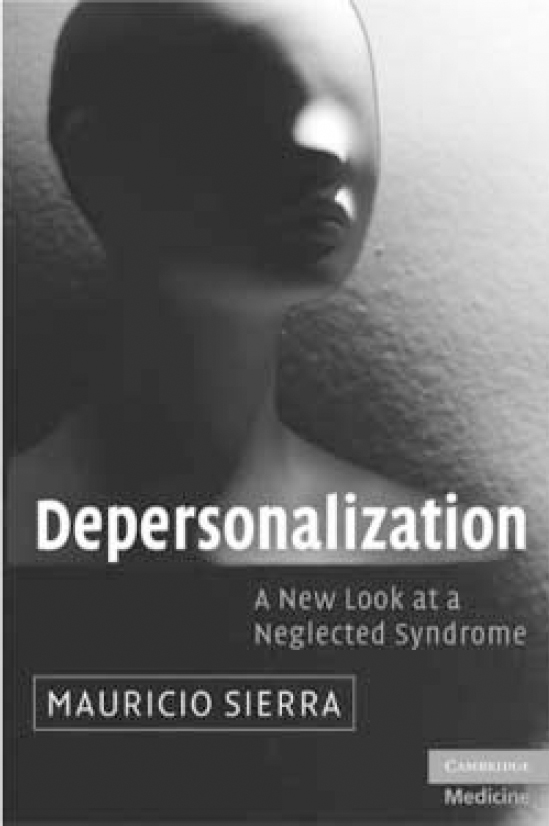
Depersonalisation is an enigmatic syndrome which has attracted attention since the first recognisable descriptions in the early 19th century, reaching a peak in the mid-20th century but subsequently dwindling. The 21st century, however, has seen a resurgence of interest, as evidenced by the establishment of dedicated clinics and research units. The author of this monograph, a lecturer and researcher at the Institute of Psychiatry, King's College London, where one of the first such centres is located, is thus well placed to provide an up-to-date and authoritative review of the subject.
Beginning with the history of the condition, the author traces the gradual realisation that depersonalisation is not just a nonspecific comorbid symptom but can be a chronic, incapacitating disorder, which is now recognised in both DSM–IV and ICD–10. Covered in the book are symptoms, the depersonalisation spectrum, drug-induced depersonalisation, psychiatric comorbidity, neurology, culture, pharmacotherapy, psychotherapies, and neurobiology. Symptoms fall into five groups: emotional numbness, unreality of self, temporal disintegration, unreality of surroundings, and bodily distortion. We learn that half of those individuals who experience depersonalisation have an abrupt onset and in a third the syndrome runs an episodic course. In a majority symptoms commence in the late teens.
Depersonalisation-inducing drugs include alcohol, cannabis, ecstasy, lysergic acid diethylamide and ketamine, with the principal comorbid psychiatric disorders being anxiety and depression, but rarely schizophrenia. Associated neurological disorders, as well as the widely known temporal lobe epilepsy, include migraine, head injury and hypersomnia syndromes. There are anecdotal reports of response to various medications, but the author concedes that there is no officially recognised pharmacotherapy. Improvement is also reported with both psychodynamic and cognitive-based psychotherapies, and abreaction. Neurochemical studies suggest effects on brain serotonin, opioid and glutamate systems, and brain imaging reveals increased activity in prefrontal regions and reduced activity within the limbic system. In a final chapter the author attempts to ‘pull the threads together’ but, through no fault of his, this is long on speculation and short on evidence. The Cambridge Depersonalization Scale, introduced in 2000 by the author in collaboration with Berrios, is usefully included as an appendix.
Sierra's claim that more has been learnt about depersonalisation in the past decade than in the previous century is credible, but this comprehensive overview also exposes the limitations of our current knowledge. Nevertheless, it contains much to interest and educate all who contend with the condition, whether as patient or therapist.



eLetters
No eLetters have been published for this article.